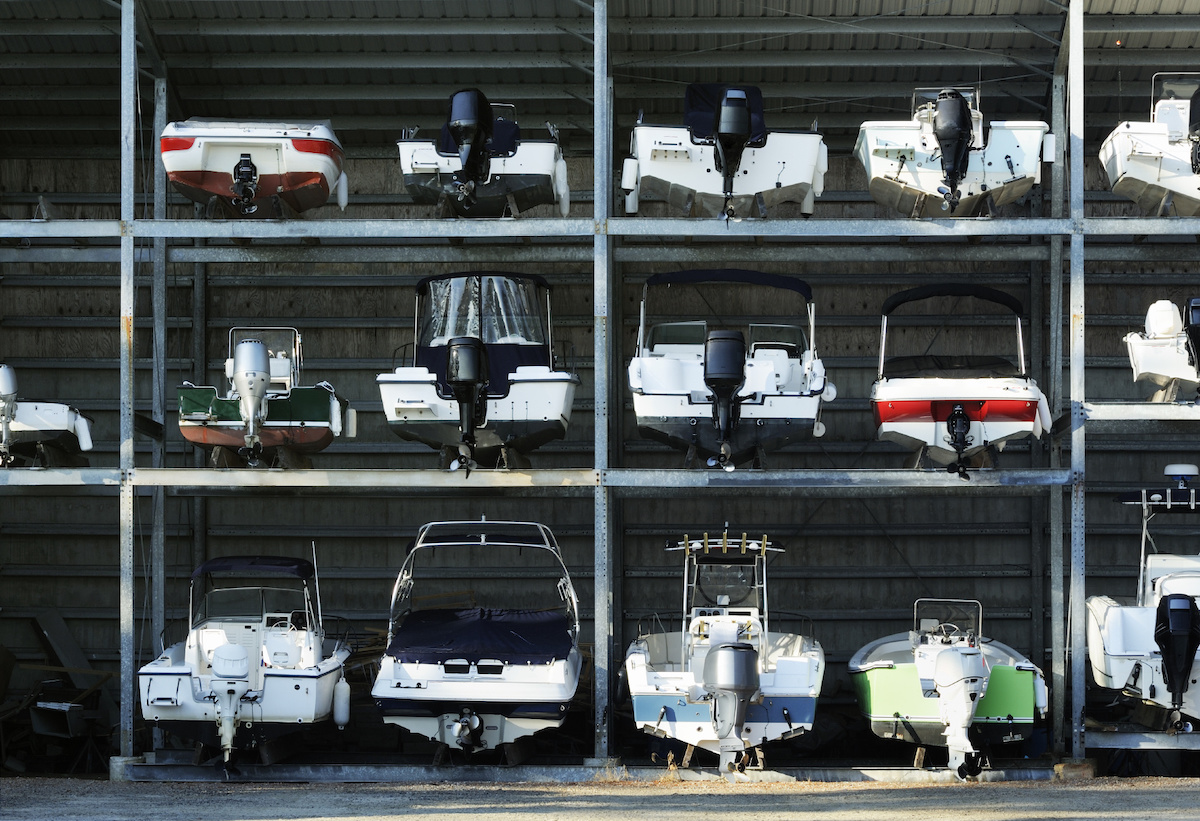

Articles
How To Store A Boat
Modified: January 6, 2024
Looking for articles on how to store a boat? Find tips and advice on proper boat storage to keep your vessel in great condition.
(Many of the links in this article redirect to a specific reviewed product. Your purchase of these products through affiliate links helps to generate commission for Storables.com, at no extra cost. Learn more)
Introduction
As the boating season comes to a close, it’s essential to properly store your boat to protect it from the elements and ensure its longevity. Whether you own a small fishing boat or a luxurious yacht, taking the necessary steps to store your boat correctly is crucial. Proper boat storage involves a series of tasks, including cleaning, inspection, winterizing, and securing the boat. This article will guide you through the process of storing your boat effectively, ensuring that it remains in optimal condition for the next boating season.
Storing a boat requires careful planning and execution to safeguard it from potential damage caused by harsh weather conditions, pests, and moisture. Neglecting to store your boat correctly can result in expensive repairs or even permanent damage. By following the steps outlined in this article, you can rest assured that your boat will be stored safely and be ready for your next adventure on the water.
Before embarking on the storage process, it’s important to gather the necessary supplies and materials. This typically includes cleaning products, fuel stabilizers, antifreeze, a boat cover, and sturdy supports for elevating the boat off the ground. Additionally, it’s recommended to review your boat’s owner’s manual for any specific instructions or recommendations from the manufacturer.
Now, let’s dive into the step-by-step process of properly storing your boat.
Key Takeaways:
- Properly storing a boat involves thorough cleaning, inspection, engine and fuel system preparation, winterizing, draining and flushing water systems, and securing the boat on land. Following these steps ensures the boat remains in optimal condition for the next boating season.
- Regular trailer maintenance, covering the boat with a well-fitted cover, and securing loose items are crucial for protecting the boat from the elements and ensuring its longevity. Investing time and effort into proper boat storage saves time, money, and headaches in the long run.
Read more: How To Store Inflatable Boat
Step 1: Cleaning and Inspection
Before storing your boat, it’s crucial to thoroughly clean and inspect both the interior and exterior. Start by removing all personal belongings, gear, and equipment from the boat. This includes fishing rods, life jackets, coolers, and any other items that may have accumulated during the boating season.
Next, give your boat a deep cleaning to remove dirt, grime, and salt residue. Use a mild detergent or boat-specific cleaner to wash the exterior of the boat, paying close attention to the hull, deck, and any other exposed surfaces. A soft-bristle brush or microfiber cloth is ideal for scrubbing away dirt without causing damage.
Inside the boat, clean all compartments, storage areas, and surfaces. Vacuum the carpet or upholstery, and wipe down any vinyl or leather using appropriate cleaning products. Don’t forget to clean the windows, windshield, and mirrors for optimal visibility during storage.
After cleaning, it’s time for a thorough inspection. Carefully examine the hull for any signs of damage, such as cracks, chips, or blisters. Check the propeller, rudder, and trim tabs for any dents or signs of wear. Inspect the boat’s electrical system, including the battery and wiring, to ensure everything is in proper working order.
Inspect the boat’s plumbing system, including hoses and fittings, for any leaks or damage. Check the bilge pump to ensure it is functioning correctly. Inspect the boat’s trailer for any signs of wear or damage, including tires, lights, and the hitch mechanism.
Make note of any areas that require repairs or maintenance before storing your boat. Taking care of these issues now will prevent them from worsening over time and will save you time and money when you’re ready to hit the water again.
By thoroughly cleaning and inspecting your boat, you not only maintain its appearance but also identify any potential problems that may need to be addressed before storage. This sets a solid foundation for the rest of the storage process, ensuring that your boat is in the best possible condition when it’s time to put it back in the water.
Step 2: Engine and Fuel System Preparation
Properly preparing the engine and fuel system is essential for storing your boat and preventing costly damage. Start by running the engine on land for a few minutes to warm it up and circulate the oil. This helps remove any moisture and contaminants from the engine.
Once the engine is warm, change the oil and oil filter. Old oil can be contaminated with debris and acids that can cause corrosion and damage the engine. A fresh oil change ensures that the engine is protected during the storage period.
Next, add a fuel stabilizer to the gas tank. This helps prevent fuel degradation and varnish buildup, which can clog the fuel system and cause engine problems. Follow the instructions on the stabilizer product for the correct dosage and mixing instructions. Run the engine for a few minutes to circulate the treated fuel throughout the system.
After treating the fuel, turn off the fuel valve or disconnect the fuel line to prevent fuel from reaching the engine during storage. This prevents the risk of fuel leakage or fire hazards during the storage period.
Check the fuel filters and replace them if necessary. Clogged fuel filters can lead to poor engine performance and fuel system damage. Make sure to use the correct filters recommended by the boat’s manufacturer.
Inspect the spark plugs and replace any that appear worn or damaged. Properly functioning spark plugs are critical for efficient engine performance. It’s also a good idea to spray a rust-preventive fogging oil into each cylinder to protect the internal components.
Finally, inspect the cooling system and flush it out with fresh water to remove any salt or debris. Saltwater can cause corrosion in the cooling system, leading to engine overheating and damage. Make sure to follow the manufacturer’s instructions for flushing the cooling system to ensure proper cleaning.
By properly preparing the engine and fuel system, you ensure that your boat’s engine is protected from damage during the storage period. This proactive approach will help you avoid any engine issues and ensure a smooth start-up when you’re ready to hit the water again.
Step 3: Winterizing the Boat
Winterizing your boat is a critical step to protect it from the freezing temperatures and harsh conditions of the winter season. If you live in an area with cold winters, it’s necessary to take extra precautions to prevent damage to your boat’s systems and components.
The first step in winterizing your boat is to drain all water from the cooling system, including the engine block, exhaust manifolds, and any other water-cooled components. This prevents freezing during cold temperatures, which can cause cracks and damage to the engine. Consult your boat’s owner’s manual or seek professional assistance to ensure the correct procedure for your specific engine model.
Next, empty and clean the freshwater tanks, water heaters, and onboard plumbing systems. Make sure to drain all water lines and completely remove any water from the boat. Use compressed air to blow out any remaining water from the plumbing system, ensuring that there is no trapped moisture that can freeze and cause damage.
If your boat has a toilet or a sewage holding tank, follow the manufacturer’s instructions to properly empty and clean them. This will prevent any unpleasant odors or issues when you use the boat again in the future.
Additionally, it’s essential to remove all perishable items from the boat, such as food, beverages, and toiletries. These items can attract pests and can also spoil during the storage period, leaving unpleasant smells and potentially causing damage to the interior. Empty and clean the refrigerator and freezer compartments, and leave them open slightly to allow for air circulation.
Finally, disconnect the boat’s battery and store it in a dry and cool location. Make sure to fully charge the battery before storing to prevent any damage or voltage loss during the storage period. Consider using a battery maintainer or trickle charger to keep it in optimal condition.
By winterizing your boat, you protect it from freezing temperatures and ensure that all water systems are properly drained. These measures will prevent costly damage to your boat’s engine, plumbing, and other systems, allowing you to enjoy a trouble-free boating season when the warmer weather returns.
Step 4: Draining and Flushing Water Systems
In addition to winterizing the boat, it’s important to properly drain and flush all water systems to prevent damage caused by stagnant water or freezing temperatures. Water can accumulate in various areas of the boat, including the bilge, water tanks, and plumbing lines. Taking the time to drain and flush these systems will help ensure a fresh and clean start when you’re ready to use the boat again.
Start by draining the bilge completely. The bilge is the lowest part of the boat where water collects. Use a bilge pump or manual bilge pump to remove any standing water. Inspect and clean the bilge, removing any debris or oil residue. Consider using a bilge cleaner to eliminate any odors or contaminants.
Next, drain and flush the water tanks and plumbing lines. Begin by opening all faucets, including hot and cold water, to let any remaining water in the plumbing system drain out. Ensure that the water pump is turned off before doing this. Remove any water filters or cartridges and store them in a dry place.
After draining the water tanks and plumbing lines, it’s essential to flush them with fresh water to remove any sediment or residue. This helps prevent the buildup of bacteria and ensures clean water when you use the boat again. Use a non-toxic cleaning solution designed for boat plumbing systems and follow the instructions on the product’s label.
Once you’ve flushed the water systems, it’s a good idea to sanitize them to kill any remaining bacteria. Make a solution of water and a marine-grade sanitizer, following the instructions on the sanitizer product. Use this solution to fill the water tanks and run it through the plumbing lines, allowing it to sit for the recommended contact time. Then, drain and flush the water systems again with fresh water to remove any sanitizer residue.
During the draining and flushing process, it’s important to inspect the plumbing lines and fittings for any signs of leaks, cracks, or damage. Replace any faulty components before storing the boat to prevent water damage or system failure in the future.
By properly draining and flushing the water systems, you ensure that your boat is free from stagnant water and potential contaminants. This helps maintain the integrity of your plumbing system and provides you with clean and fresh water when you’re ready to use your boat again.
When storing a boat, make sure to thoroughly clean and dry the interior and exterior to prevent mold and mildew. Use a boat cover to protect it from the elements and consider storing it in a climate-controlled facility if possible.
Read more: How To Store Boat Outside
Step 5: Storing the Boat on Land
When it comes to storing your boat on land, proper positioning and support are essential to ensure its stability and protection. Whether you have a trailer or are using a boat storage facility, following these steps will help safeguard your boat during its time out of the water.
If you’re using a trailer, start by positioning the boat on it securely. Ensure that the boat is centered and aligned with the trailer. Use the boat’s keel as a reference point to ensure proper balance. Make sure the boat is evenly distributed on the trailer to prevent any unnecessary stress on the frame and tires.
Once positioned, secure the boat to the trailer using straps and tie-downs. This provides additional stability during transportation and storage. Make sure the straps are tight, and double-check them periodically to ensure they remain secure throughout the storage period.
If you’re storing your boat in a boat storage facility, make sure the storage area is clean, dry, and secure. Consider using boat stands or blocks to support the boat and alleviate pressure on the tires and suspension. Position the boat stands along the keel, and adjust them to support the weight of the boat evenly. Make sure the stands are stable and secure to prevent any accidental shifting or tipping.
Whether on a trailer or boat stands, it’s important to elevate the boat off the ground to prevent moisture accumulation and potential damage. This can be done using keel stands, trailer jacks, or blocks. Never store your boat directly on the ground, as this can lead to damage from moisture, pests, or uneven weight distribution.
If storing the boat outside, consider using a boat cover to protect it from the elements. Choose a cover that is specifically designed for your boat’s size and shape, ensuring a snug fit. This will shield your boat from rain, snow, UV rays, and debris during the storage period.
Lastly, make a checklist of all the necessary tasks and equipment required for long-term storage. This includes things like removing the boat’s drain plug, disconnecting the battery, and checking the tire pressure if using a trailer. Regularly check on your boat during the storage period to ensure it remains safe and secure.
By properly storing your boat on land, you protect it from potential damage and prolong its lifespan. Following these steps will give you peace of mind knowing that your boat is secure and ready for the next boating season.
Step 6: Trailer Maintenance
Proper maintenance of your boat trailer is crucial to ensure its safety and functionality. While the focus is often on the boat itself, neglecting trailer maintenance can lead to costly repairs and even accidents on the road. Follow these steps to keep your trailer in top shape during the storage period.
Start by inspecting the tires and wheels. Check for any signs of wear, such as low tread depth or sidewall cracking. Ensure that the tires are properly inflated to the recommended pressure. If necessary, replace worn tires to prevent blowouts and other tire-related issues when you’re ready to use the trailer again.
Next, give the trailer’s braking system a thorough inspection. Look for any leaks, worn brake pads, or loose connections. Test the brakes to ensure they engage and release properly. If you notice any issues, have the trailer’s braking system serviced and repaired by a professional before using it again.
Inspect the trailer’s suspension system, including the leaf springs or torsion axles, for any signs of damage or rust. Lubricate any fittings and pivot points to prevent corrosion. Replace any worn or damaged suspension components to ensure a smooth and stable ride when towing the boat.
Check the trailer’s lights and wiring to ensure they are functioning correctly. Replace any burned-out bulbs and repair any frayed or damaged wiring. Test all lights, including the brake lights, turn signals, and taillights, to ensure they are visible and properly aligned.
Inspect the trailer’s winch and straps or cables used for loading and securing the boat. Make sure the winch operates smoothly and the straps or cables are in good condition. Replace any worn or damaged components to ensure the boat is securely fastened to the trailer during transportation.
Lastly, examine the trailer’s frame for any signs of rust or corrosion. If necessary, sand down any rusty areas and apply a rust-resistant primer and paint. This will help protect the trailer from further damage and ensure its longevity.
By regularly inspecting and maintaining your boat trailer, you ensure its safe operation and protect it from potential issues during transportation. Proper trailer maintenance will provide you with peace of mind and a reliable means of getting your boat to and from the water.
Step 7: Covering and Securing the Boat
Properly covering and securing your boat is the final step in the storage process, ensuring that it remains protected from the elements and potential damage. Here’s how to effectively cover and secure your boat for the storage period.
Start by thoroughly cleaning and drying the boat before covering it. This includes removing any debris, dirt, or stains that may have accumulated. Make sure all surfaces, including the hull, deck, and interior, are clean and dry to prevent mold or mildew growth during storage.
Select a boat cover that is designed specifically for your boat’s size and shape. A well-fitted cover will provide optimal protection and prevent moisture and debris from entering the boat. Secure the cover tightly, using straps or tie-downs, to ensure it remains in place during strong winds or storms.
Consider investing in a cover that is breathable yet water-resistant. This will allow for proper air circulation while keeping rain, snow, and UV rays from damaging the boat’s surfaces. Be sure to check the cover periodically throughout the storage period to ensure it remains secure and intact.
If your boat is stored outdoors, consider using additional measures to protect it, such as shrink-wrapping. Shrink-wrapping provides an extra layer of protection and prevents any moisture or pests from reaching the boat. It also helps maintain the integrity of the cover and keeps the boat better insulated during extreme temperatures.
In addition to covering the boat, secure any loose or removable items to prevent them from shifting or getting lost during storage. This includes items like cushions, fishing gear, and equipment. Stow them securely in designated storage compartments or remove them from the boat entirely.
Before leaving your boat, make sure all access points, such as hatches, doors, and windows, are locked and sealed. This will help keep out unwanted pests and prevent moisture from entering the interior. Using a desiccant or moisture-absorbing products inside the boat can also help combat excess humidity.
If you have any electronics or valuable items on board, consider removing them and storing them in a safe and secure location. This helps protect them from potential theft or damage and gives you peace of mind during the storage period.
By properly covering and securing your boat, you ensure its protection from the elements, pests, and potential damage. This final step in the storage process helps keep your boat in excellent condition and ready for your next boating adventure.
Conclusion
Properly storing your boat is essential for its longevity and protection. By following the steps outlined in this article, you can ensure that your boat remains in optimal condition during the storage period and is ready for your next boating season. Let’s recap the key steps:
- Cleaning and Inspection: Thoroughly clean the boat and inspect for any damage or necessary repairs.
- Engine and Fuel System Preparation: Properly prepare the engine and fuel system to prevent issues during storage.
- Winterizing the Boat: Take steps to protect the boat from freezing temperatures and potential damage.
- Draining and Flushing Water Systems: Ensure all water systems are thoroughly drained and flushed to prevent stagnant water and damage.
- Storing the Boat on Land: Position and support the boat correctly when storing it on land.
- Trailer Maintenance: Maintain and inspect the trailer to ensure its safe operation.
- Covering and Securing the Boat: Cover the boat with a well-fitted cover and secure any loose items.
Taking the time to properly store your boat now will save you time, money, and headaches in the long run. By following these steps, you can protect your boat from the elements, prevent damage, and ensure that it’s ready for another season of boating adventures when the time comes.
Remember to refer to your boat’s owner’s manual for any specific instructions or recommendations from the manufacturer. Each boat may have unique requirements, and it’s important to follow them for optimal storage and preservation.
By investing the time and effort into proper boat storage, you can enjoy the peace of mind knowing that your boat is safe and ready to hit the water again when the next boating season arrives.
Frequently Asked Questions about How To Store A Boat
Was this page helpful?
At Storables.com, we guarantee accurate and reliable information. Our content, validated by Expert Board Contributors, is crafted following stringent Editorial Policies. We're committed to providing you with well-researched, expert-backed insights for all your informational needs.
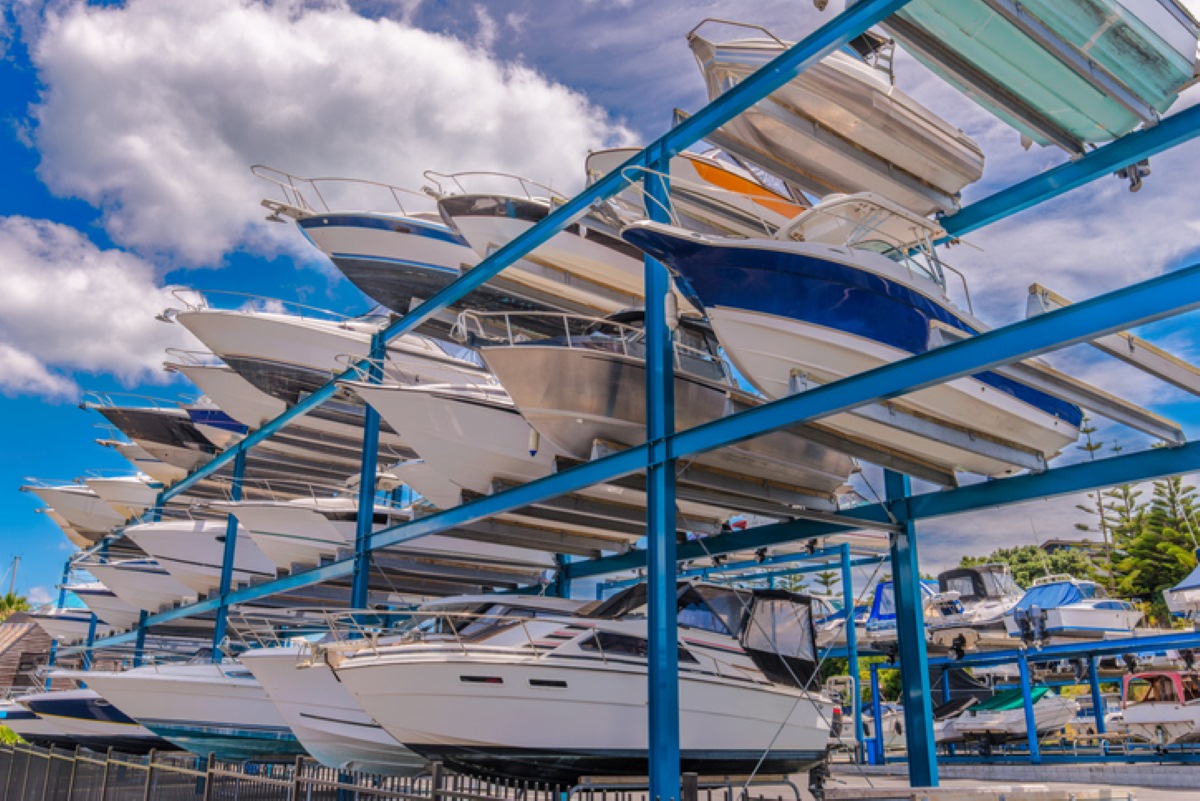

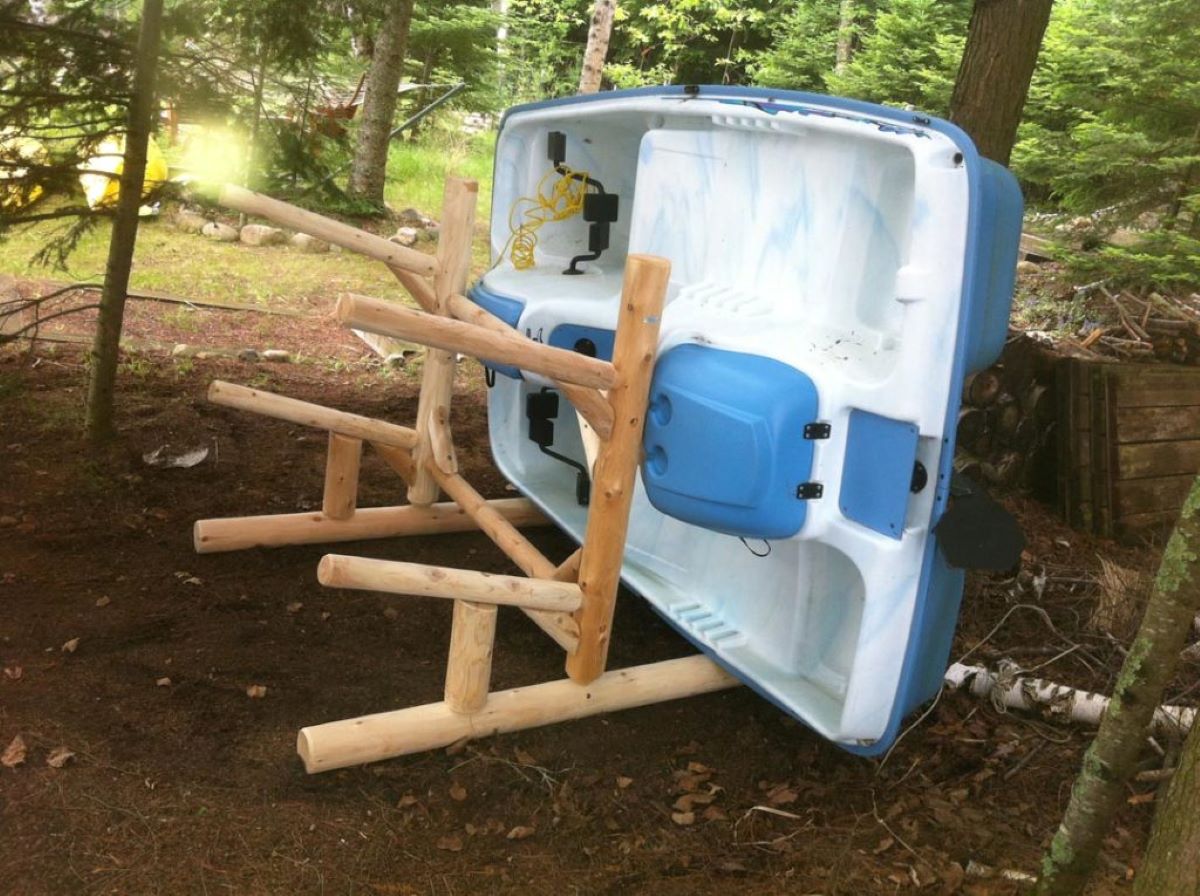
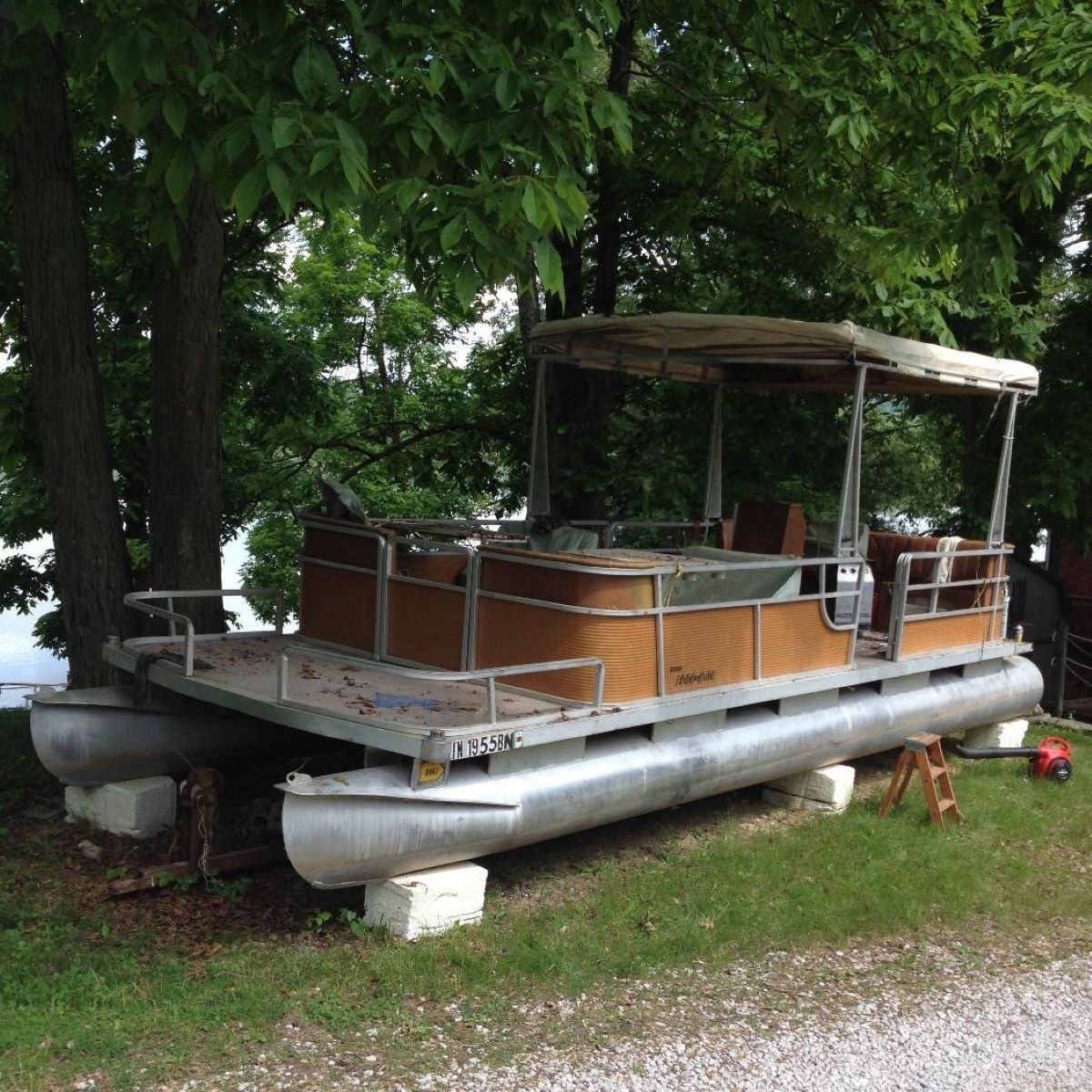

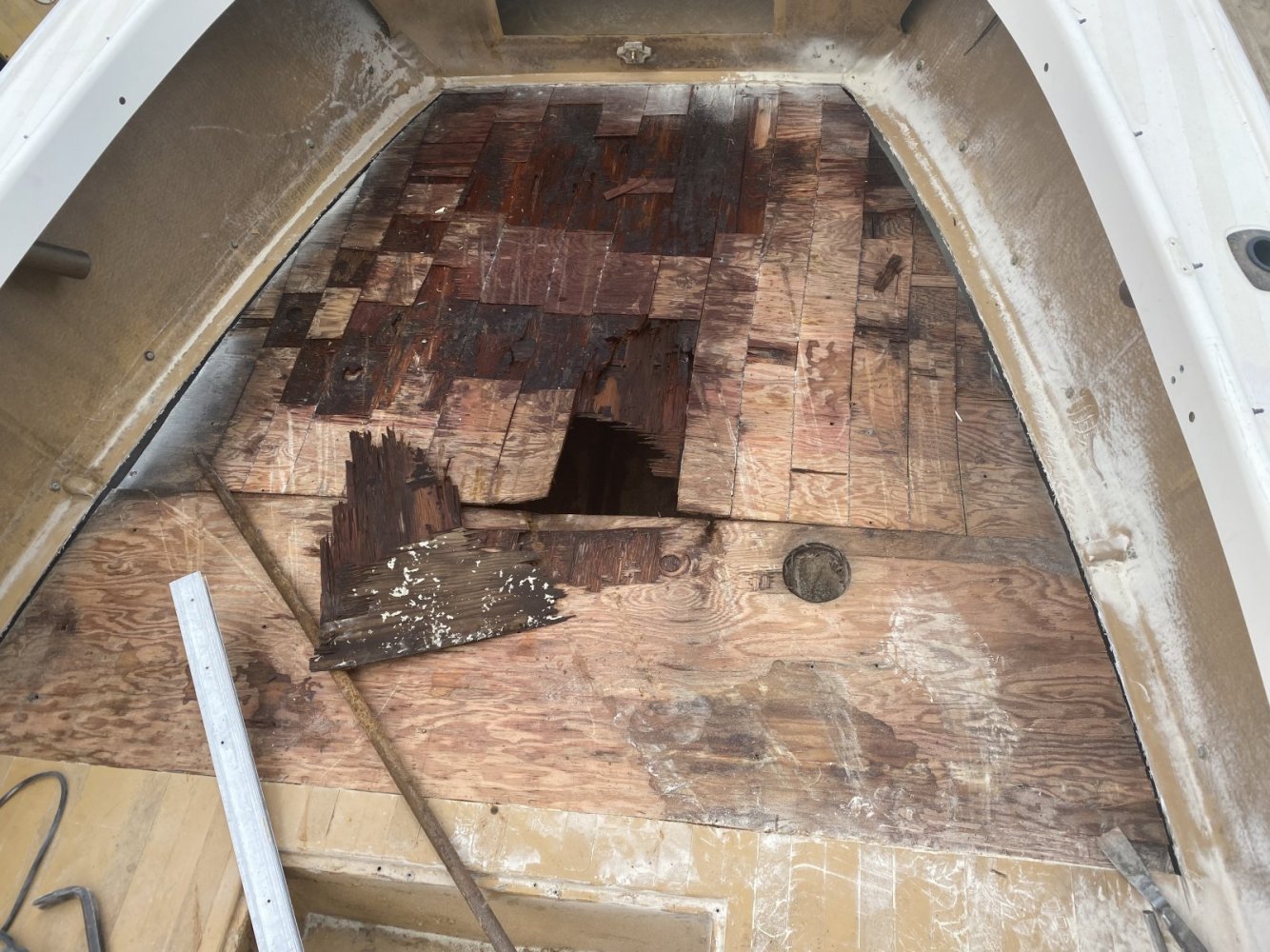


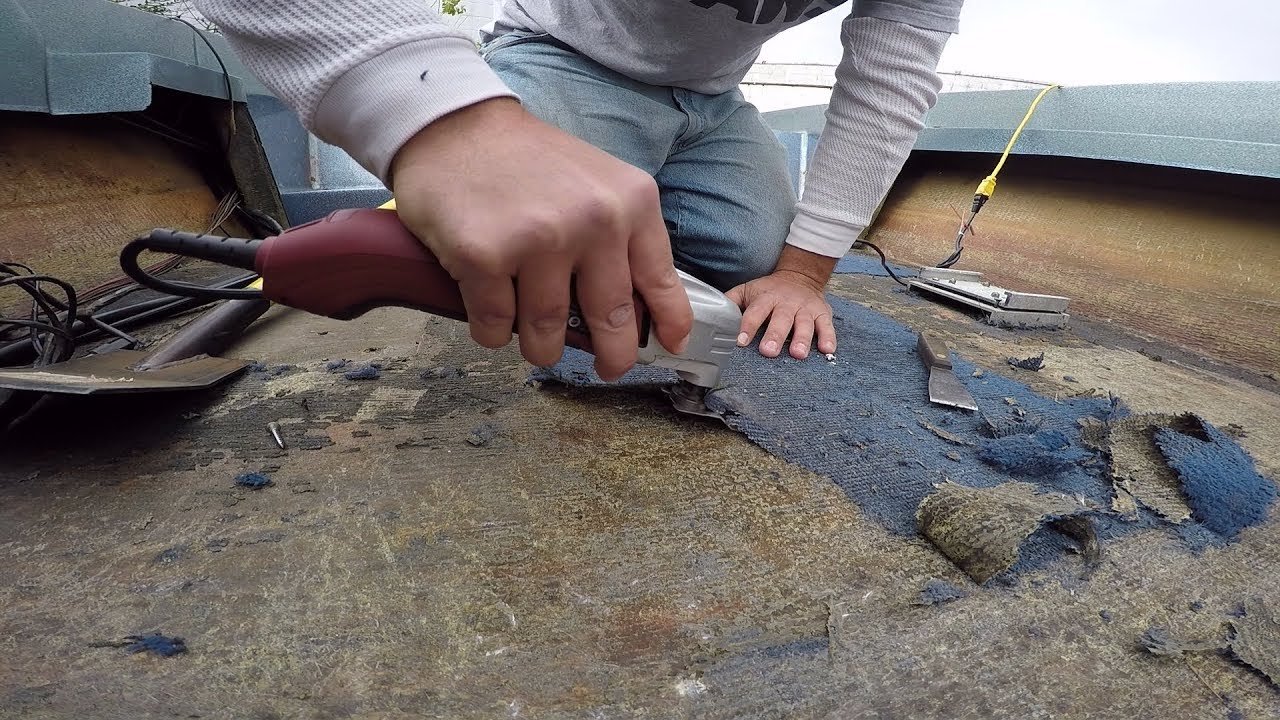
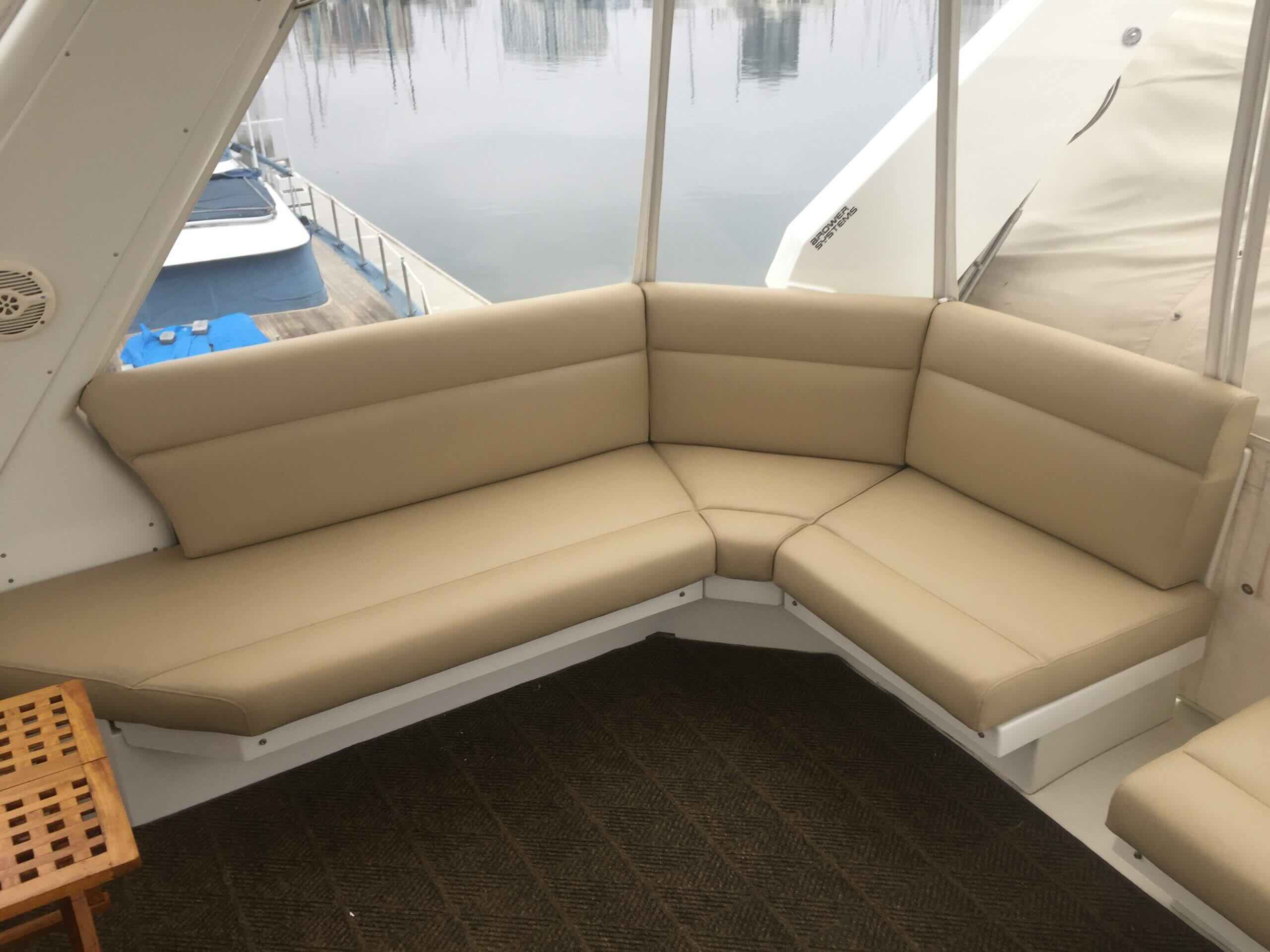


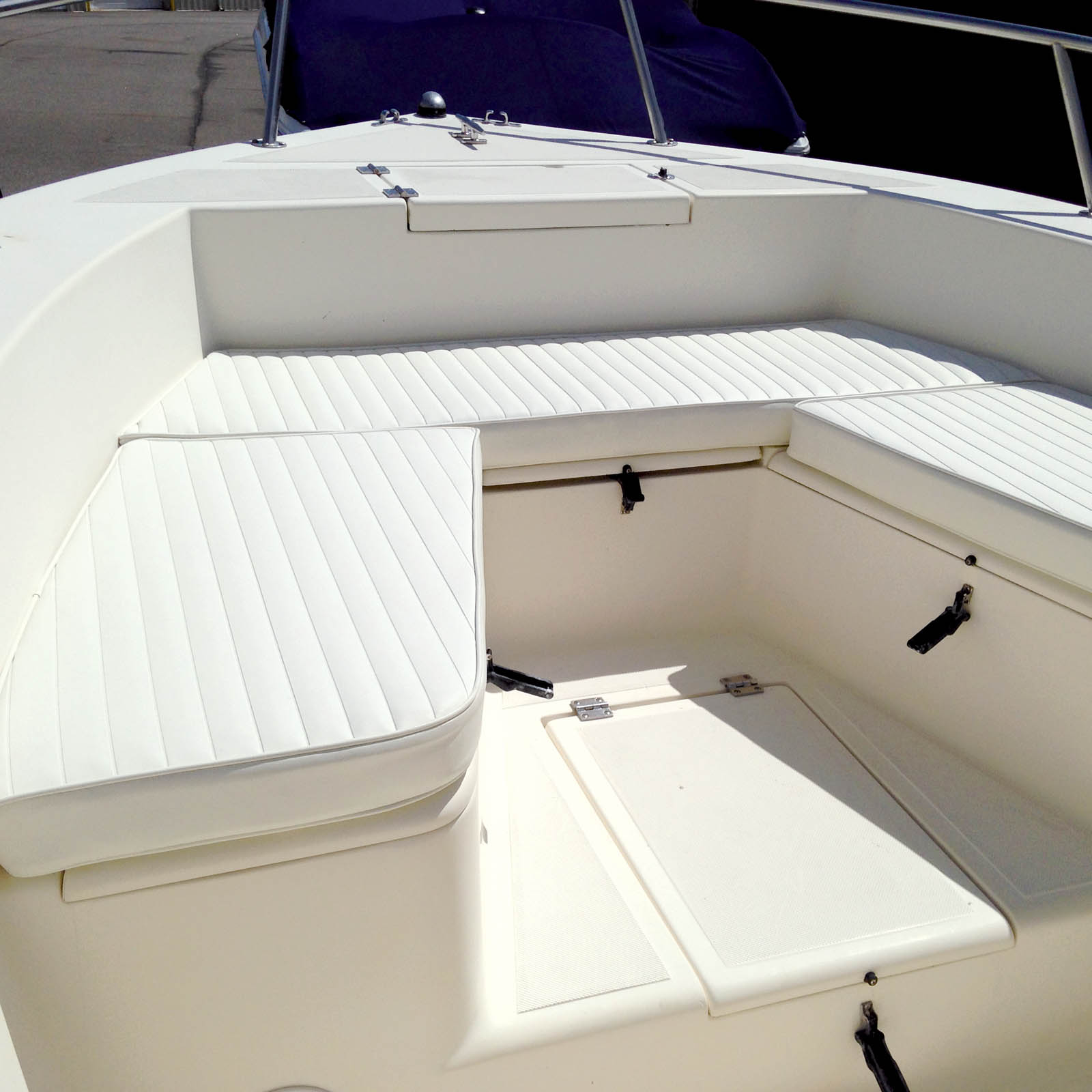


0 thoughts on “How To Store A Boat”